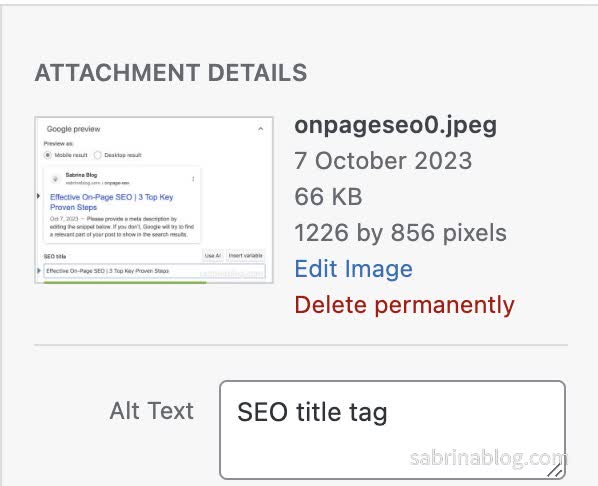In simple terms, Search Engine Optimization (SEO) is the practice of improving a website’s visibility on search engine results pages. In this guide, we will take a closer look at On-page SEO and its three fundamental pillars, which are known as the “Three Kings,” along with other essential aspects. So, without further ado, let’s begin our exploration.
Understanding On-Page SEO
To effectively optimize your website for search engines, it’s important to start with the basics. On-page SEO refers to the elements present on your webpage that search engines use to understand what your content is about. Although search engines are designed to interpret content, they rely heavily on the signals that we provide them with. This means that certain elements on your webpage need to be adjusted to ensure that your content is clear and easily understandable for search engines.
Think of on-page SEO as the foundation of a car. While off-page SEO is like the engine, on-page SEO is the wheels, chassis, and body, all working together to take you where you want to go.

The Three Kings of On-Page SEO
1. URL Structure:
When creating a URL, it’s important to keep it concise, easy to understand, and include your primary keyword. To determine the most popular keyword, you can utilize tools such as Semrush or Google’s Keyword Planner to obtain a list of the most commonly searched terms. For instance, if ‘On-Page SEO’ is my primary keyword, I can use these tools to find related keywords that I can incorporate into my URL:

Avoid using long and spammy URLs. Opt for concise and clear URLs that avoid repetition, like ‘website.com/onpage-seo’.
When using WordPress, you can find that the URL structure is under the ‘Slug’.

2. SEO Title Tag:
It is important to keep the SEO title tag under 60 characters and place the main keyword towards the front. This tag appears in search results and should be compelling to increase click-through rates. For instance, for our ‘Onpage SEO’ example, an effective SEO title could be “Effective On-Page SEO | 3 Proven Key Steps.”
Remember these key points for writing effective title tags:
- Place your keyword near the beginning,
- Write naturally,
- Use single words,
- And avoid repeating words.

3. Page Title (H1 Tag):
When optimizing your page for search engines, the H1 tag should define the topic and vary slightly from the SEO title tag for diversity while maintaining relevancy. For instance, the H1 might read: “3 Must-Do On-Page SEO Techniques”.
Here is a tool you can use to evaluate the optimization of your article’s title, description, URL, etc.: SEO META in 1 CLICK, you can set it up via Chrome Extensions. See the photo which shows an article’s performance:

Besides the three kings, there are others you should do if available:
1. Image Alt Tags:
Alt tags serve the purpose of describing images, which is extremely helpful for visually impaired users and in cases where the image fails to load. Moreover, they aid search engines in comprehending the contents of an image. It is essential to assign an alt tag to every image on your website. For instance, a marketing blog’s image could have an alt tag stating “on-page SEO tips”.

2. Harness the Power of Internal Linking:
Internal links play a crucial role in connecting different pages of your website, which helps guide users and distribute page authority. By linking relevant content together, you can improve the user experience and provide more value to your audience. For example, if you have a page that discusses ‘internal linking’, you may want to link to another page on your site that delves more into the topic of ‘internal links‘.

Tips for Effective Internal Linking:
Make sure that the content you link to is relevant to the topic, and use descriptive anchor text instead of generic phrases.
Conclusion:
To achieve perfect on-page SEO, you need to pay close attention to the details. The key elements to focus on are the ‘Three Kings’, which are URL, SEO title tag, and H1 tag. By combining these with effective techniques like appropriate image alt tags and internal linking, you can significantly enhance your website’s on-page SEO.
Remember, a well-optimized website satisfies search engines and provides a better user experience, ultimately leading to higher rankings and more organic traffic.





Leave a Reply
You must be logged in to post a comment.